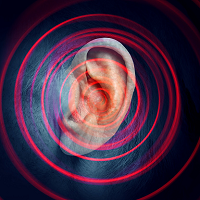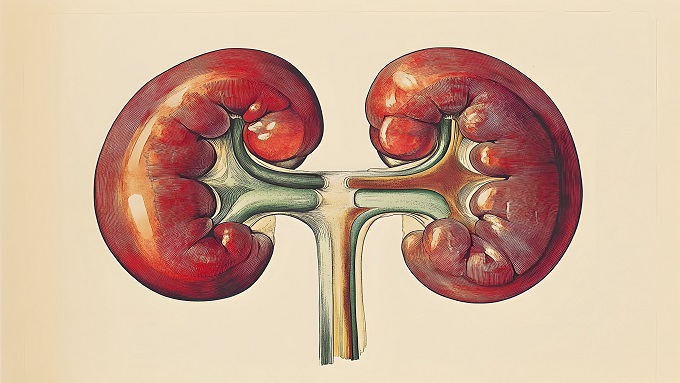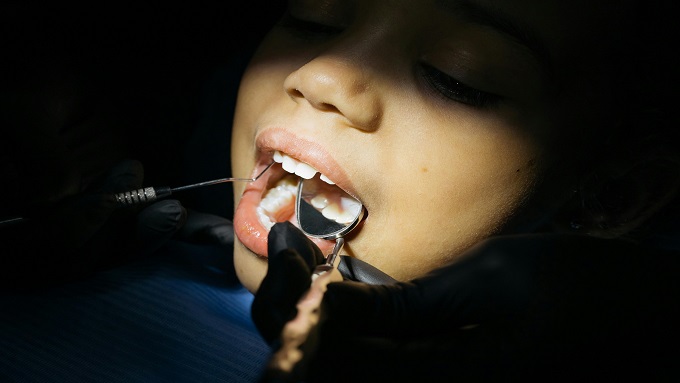THE DIAGNOSIS AND ASSESSMENT OF THE QUALITY OF LIFE IN TINNITUS PATIENTS. A LITERATURE REVIEW

Downloads
Highlight:
1. Assessment of the patient's quality of life is used to establish the diagnosis of tinnitus.
2. The assessment is performed using several types of questionnaires: Tinnitus Handicap Inventory (THI), Tinnitus and Hearing Survey (THS), Tinnitus Functional Index (TFI) and Tinnitus Primary Function Questionnaire (TPFQ).
3. THI is the questionnaire that has been translated into Indonesian so that it is easier to use in Indonesia.
Background: Tinnitus is a symptom with many different causes that can interfere with daily life. The diagnosis of tinnitus can be carried out, starting by examining the history, physical examination, and audiology, and assessing the quality of life of the patient. Assessment of the patient's quality of life and the severity of tinnitus was carried out using a questionnaire. Objective: This study aimed to explain the frequency of use of several questionnaires to assess the quality of life of patients with tinnitus, including Tinnitus Handicap Inventory (THI), Tinnitus and Hearing Survey (THS), Tinnitus Functional Index (TFI) and Tinnitus Primary Function Questionnaire (TPFQ). Discussion: The use of THI as a research tool has been recommended for assessing the severity of tinnitus functional, emotional, and catastrophic responses. THS is used as a screening instrument to evaluate tinnitus complaints because of a hearing problem and how frequently it happens. TFI was used for identifying the functional impact on tinnitus patients, to evaluate how tinnitus affects a person's life, while TPFQ was applied as it is a new questionnaire designed specifically for this objective. Conclusion: Many questionnaires can be used as an assessment of the quality of life of patients with tinnitus. Each questionnaire can be used and has its advantages. THI is a questionnaire that has been translated into Indonesian so that it is easier to assess.
Atik, A. 2014. Pathophysiology and treatment of tinnitus: an elusive disease. Indian Journal, 66(1): 1–5. doi: 10.1007/s12070-011-0374-8.
Baguley, D., McFerran, D., Hall, D. 2013. Tinnitus. Lancet, 382: 1600–7. doi: 10.1016/S0140-6736(13)60142-7.
Bankstahl, U., Go¨rtelmeyer, R. 2013. Measuring subjective complaints of attention and performance failures: Development and Pyschometric. Health & Quality of Life Outcomes, 11(83): 86. doi: 10.1186/1477-7525-11-86.
Bashiruddin, JE., Alviandi W., Reinaldi A., Safitri ED., Pitoyo Y., Ranakusuma RW. 2015. Validity and reliability of the Indonesian version of tinnitus handicap inventory. Med J Indonesia, 24(1): 36–42. doi: 10.13181/mji.v24i1.1193.
Bhatt, J., Bhattacharyya, N., Lin, H. 2017. Relationships between tinnitus and the prevalence of anxiety and depression. The Laryngoscope, 127(2): 466–69. doi: 10.1002/lary.26107.
Chari, D., & Limb, C. 2018. Tinnitus. Medical Clinics of North America, 102: 1081–93. doiL 10.1016/j.mcna.2018.06.014.
Cima, R. F. F., Crombez, G., Vlaeyen, J. W. S. 2011. Catastrophizing and fear of tinnitus predict quality of life in patients with chronic tinnitus. Ear and Hearing, 32(5): 634–641. doi: 10.1097/AUD.0b013e31821106dd.
Conrad, I., Kleinsta¨uber, M., Jasper, K., Hiller, W., Andersson, G., Weise, C. 2015. The changeability and predictive value of dysfunctional cognitions in cognitive behavior therapy for chronic tinnitus. International Journal of Behavioral Medicine, 22(2): 239–250. doi: 10.1007/s12529-014-9425-3.
Emely, JW., Kathryn, F., Sandra, S., Jacqueline, S., Haula. H., Derek, JH. 2018. Why is tinnitus a problem? A qualitative analysis of problems reported by tinnitus patients. Trends in hearing, 22. doi: 10.1177/2331216518812250.
Fackrell, K., Hall, DA., Barry, JG., Hoare, DJ. 2017. Performance of the tinnitus functional index as a diagnostic instrument in a UK clinical population. Hearing Research, 358: 74–85. doi: 10.1016/j.heares.2017.10.016.
Hebert, S. and Fournier, P. 2017. Clinical validation of a new tinnitus assessment technology. Frontiers in Neurology, 8: 38. doi: 10.3389/fneur.2017.00038.
Henry, JA., Griest, S., Zaugg, TL., Thielman, E., Kaelin, C., Galvez, G. 2015. Tinnitus and hearing survey: a screening tool to differentiate bothersome tinnitus from hearing difficulties. American Journal of Audiology, 24: 66–77. doi: 10.1044/2014_AJA-14-0042.
Langguth, B., Biesinger, E., Del, Bo L, De., Ridder D., Goodey, R., Herraiz, C. 2011. Algorithm for the diagnostic and therapeutic management of tinnitus. Textbook of Tinnitus, 46: 381–5. doi: 10.1007/978-1-60761-145-5_46.
Langguth, B., Kreuzer, PM., Kleinjung, T., De Ridder, D. 2013. Tinnitus: causes and clinical management. Lancet Neurology, 12: 920–30. doi: 10.1016/S1474-4422(13)70160-1.
Lee, D., Lee, J., and Kim, Y. 2017. Management of tinnitus in children: review of literature and effect of counseling. Auris Nasus Larynx, 45(4): 667–72. doi: 10.1016/j/anl/2017.09.002.
Meikle, M., Henry, JA., Griest, SE., Stewart, BJ., Abrams, HB., McArdle, R. 2012. The tinnitus functional index: development of a new clinical measure for chronic, intrusive tinnitus. Ear & Hearing, 33: 153–76. doi: 10.1097/AUD.0b013e31822f67c0.
Newman, C., Jacobson, G. and Spitzer, J. 1996. Development of the tinnitus handicap inventory. Archieve of Otolaryngology – Head and Neck Surgery, 122(2): 143–8. doi: 10.1001/archotol.1996.01890140029007.
Ryu, EW., Kwon, C., Park, CE., Byun, JY., Yeo, SG., Park, MS. 2011. Possibility of discriminating the presence of tinnitus through repeated tinnitograms. Korean Journal Audiology, 15: 119–23.
Salviati, M., Macrí¬, F., Terlizzi, S., Melcore, C., Provenzano, A., Capparelli, E. 2012. The tinnitus handicap inventory (THI) as a screening test for psychiatric comorbidity in patients with tinnitus. Psychosomatics, 54: 248–56. doi: 10.1016/j.psym.2012.05.007.
Tunkel, DE., Bauer, CA., Sun, GH., Rosenfeld, RM., Chandrasekhar, SS., Cunningham, ER. 2014. Clinical practice guideline: tinnitus. Otolaryngology - Head and Neck Surgery, 151: 1–40. doi: 10.1177/0194599814545325.
Tyler, R., Ji, H., Perreau, A., Witt, S., Noble, W., Coelho, C. 2014. Development and validation of the tinnitus primary function questionnaire. American Journal of Audiology, 23(3): 260–72. doi: 10.1044/2014_AJA-13-0014.
Yang, C., and Byun, J. 2016. Tinnitus assessment. Hanyang Medical Reviews, 36: 109–12. doi: 10.7599/hmr.2016.36.2.109.
Zeman, F., Koller, M., Figueiredo, R., Aazevedo, A., Rates, M., Coelho, C. 2011. Tinnitus handicap inventory for evaluating treatment effects: which changes are clinically relevant. Otolaryngology-Head and Neck Surgery, 145(2): 282–7. doi: 10.1177/0194599811403882.
Copyright (c) 2022 Belanny Dwi Desihartati, Nyilo Purnami

This work is licensed under a Creative Commons Attribution 4.0 International License.
1. The journal allows the author(s) to hold the copyright of the article without restrictions.
2. The journal allows the author(s) to retain publishing rights without restrictions.
3. The legal formal aspect of journal publication accessibility refers to Creative Commons Attribution 4.0 International License (CC-BY).
































